Can I Get Social Security Disability Benefits for HIV / AIDS?
- How Does the Social Security Administration Decide if I Qualify for Disability Benefits for HIV / AIDS?
- About HIV Infection and Disability
- Winning Social Security Disability Benefits for HIV / AIDS by Meeting a Listing
- Residual Functional Capacity Assessment for HIV / AIDS
- Getting Your Doctor’s Medical Opinion About What You Can Still Do
How Does the Social Security Administration Decide if I Qualify for Disability Benefits for HIV / AIDS?
If you are infected by HIV, Social Security disability benefits may be available. To determine whether you are disabled by HIV / AIDS, the Social Security Administration first considers whether your HIV / AIDS is severe enough to meet or equal a listing at Step 3 of the Sequential Evaluation Process. See Winning Social Security Disability Benefits for HIV Infection by Meeting a Listing. If you meet or equal a listing because of HIV, you are considered disabled. If your HIV / AIDS is not severe enough to equal or meet a listing, the Social Security Administration must assess your residual functional capacity (RFC) (the work you can still do, despite your HIV), to determine whether you qualify for disability benefits at Step 4 and Step 5 of the Sequential Evaluation Process. See Residual Functional Capacity Assessment for HIV Infection.
About HIV Infection and Disability
What Is HIV?
Human immunodeficiency virus (HIV) causes acquired immunodeficiency syndrome (AIDS). The most common type of HIV in the U.S. is HIV-1. Another type of HIV, HIV-2, is more common in Africa but is spreading to other countries. HIV-1 and HIV-2 have a 40% similarity in DNA. Current HIV testing can detect either type, but HIV-2 cases are still relatively rare in the U.S.
Origin of HIV
Sophisticated genetic research shows that HIV-1 (see Figure 1 below) originated in Africa and was transmitted from monkeys to the human population in about 1908, existing at low levels until the middle of the 20th century when the development of population centers facilitated spread.
While it was previously thought that monkeys had immunity from HIV because of its presence in them for perhaps millions of years, it is now known that monkey infections have not existed much longer than human infections. The sootey mangabey monkey first caught simian immunodeficiency virus (SIV) in around 1808 and it jumped into humans to become HIV-2 in about 1933. It is still not known why monkeys carrying these viruses suffer no ill effect, while they are so devastating to humans.
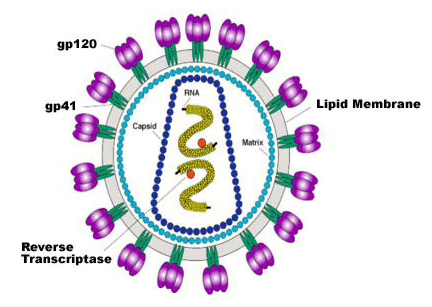
Figure 1: The HIV-1 virus.
Infection Rates
As of 2008, the global infection rate is estimate to be about 33.2 million people with a cumulative death toll to date of about 25 million people. In the U.S.it is estimated that there are about 1.1 million HIV infected people and about 25% of these don’t know they are infected. These carriers nevertheless remain potentially infectious to other people.
Transmission
The majority of cases are now thought to occur by heterosexual transmission. New HIV infections are still growing in the U.S. at the rate of about 40,000 to 50,000 per year. HIV infection is also seen in IV drug users, homosexual and bisexual men, and others who engage in high-risk sexual activity such as prostitution and unprotected sex.
There is no risk of infection from casual contact, as living in the same household. Although HIV exists in saliva, transmission by kissing has been demonstrated in only one case when both individuals had gum disease so that there was exposure to blood. HIV is present in an infected mother’s milk.
Testing of the blood supply prior to transfusion is carried out for both HIV-1 and HIV-2.
Effects of HIV Infection
Infection with HIV is not AIDS and may produce no symptoms. However, eventually HIV suppresses the patient’s immune system by destroying the CD4 helper T lymphocytes. This opens the door to easy development of cancers, bacterial infections, viral infections, fungal infections, protozoan infections, parasitic infections, and general debilitation. Additionally, HIV itself may damage organs such as the brain.
When such severe consequences of having immune suppression as result of HIV infection appear, then the patient has developed AIDS. The listing for HIV lays out the broad areas of impairment that can potentially be manifested in AIDS. If the listing is satisfied, the claimant has AIDS. See Winning Social Security Disability Benefits for HIV / AIDS by Meeting a Listing.
The average normal CD4 lymphocyte count is 500 to 1300 per mm3 of blood (average, 800 per mm3). Opportunistic infections, cancer and other manifestations of AIDS typically appear when the CD4 count falls to 200/mm3 or less.
Treatment
When to Begin
It remains controversial at just what CD4 count therapy should start, although everyone agrees that people with 200/mm3 or less should be treated. The issue is controversial because starting treatment with CD4 counts high enough that the patient has no clinical disease subjects the patient to the increased danger of creating drug-resistant HIV and the toxicity of the drugs. On the other hand, starting treatment with too low of a CD4 count imperils recovery of the immune system.
Patients have a life-expectancy of at least 7 years on drug regimens that were started with CD4 counts above 500/mm3 and at least 30,000 copies of HIV RNA in the blood, while patients starting treatment at lower CD4 counts averaging 87/mm3 have done much more poorly with a life expectancy of less than 3 years.
In 2001 the U.S. Department of Health and Human Services (HHS) recommended that treatment be started at a CD4 count of 350/mm3 or a viral load higher than 55,000 copies of HIV RNA per mm3 of blood. Also, it is agreed that those few patients who are detected within 6 months of infection should be treated in an attempt to save immune functions that will otherwise be irretrievably lost. A large-scale, multi-year clinical trial at a cost of $121 million by the National Institute of Allergy and Infectious Diseases started in 2002. It is expected to involve 6000 patients and take 9 years. Not all experts are enthusiastic that even this expensive trial will answer needed questions about just when therapy should start. For one thing, better control of drug toxicity could affect clinical decisions to start earlier treatment.
In 2006, the International AIDS Society—USA released its newest guidelines for antiretroviral therapy, and continues to recommend that treatment in both symptomatic and asymptomatic individuals start when CD4 counts fall below 350 cells/microliter and before they reach 200 cell/microliter.
No Cure
Regardless of the treatment given or when it is started, therapy cannot cure HIV infection or AIDS. Patients who have been treated for years with potent drugs to the extent that there is no detectable virus in the bloodstream will relapse into active infection if medication is stopped. HIV can attach itself to the chromosomes of white blood cells and pass itself along to new cells when the old ones die. In this situation, the virus does not replicate and therefore is not susceptible to drugs. There is also evidence that the virus can lie dormant in other tissues besides white cells. Therefore, medication must be continued indefinitely.
Drugs for Treating HIV
Antiretroviral medications inhibit the reproduction of the HIV virus. There are six classes: non-nucleoside reverse transcriptase inhibitors, nucleoside reverse transcriptase inhibitors, protease inhibitors, entry inhibitors, fusions inhibitors, and integrase inhibitors. They each work in a different way. Non-nucloeside reverse transcriptase inhibitors work by inhibiting the reverse transcriptase enzyme that HIV needs to change its RNA to DNA in order to infect the nucleus of the cell it has invaded. Nucleoside reverse transcriptase inhibitors prevent reproduction of the virus by providing it with faulty components that it needs to make copies of itself. Protease inhibitors interfere with replication of the virus after it has infected the host cell’s nucleus. Entry inhibitors and fusion inhibitors prevent HIV from entering cells. Integrase inhibitors inhibit a protein that HIV uses to insert its genetic material into the genetic material of an infected cell.
Highly active antiretroviral therapy (HAART), the current recommended treatment for HIV, involves taking a combination of anti-HIV medications from at least two different classes.
The latest evidence shows that drug therapy has substantially lengthened the lifespan of those with HIV infection. While untreated HIV will typically result in death within 12 years, the life-expectancy of a treated HIV-infected 20-year-old has increased from 56.1 years in 2005 to 69.4 years in 2005. The CD4 cell count is also important. A 20-year-old with a CD4 count of less than 100/microliter has a life expectancy of 32.4 additional years, while the same person started treatment CD4 count over 200/microliter can expect 50.4 more years of life.
Side Effects of Treatment
It is possible for some people to be asymptomatic on HAART once HIV loads have been suppressed and CD4 counts return to normal, provided that opportunistic infections have been controlled and there is no cancer or other chronic residual impairment. However, HIV strains are becoming increasingly resistant to drugs. Furthermore, medication side-effects can be debilitating even if the virus is kept under control.
The great majority of patients taking multiple drugs will have some type of side-effects. The most frequent side-effects are nausea, vomiting, insomnia, fatigue, malaise, and headache. Other possible side-effects include anemia, pancreatitits, peripheral neuropathy, general decrease in white cells (pancytopenia), cough, diarrhea, sore throat (pharyngitis), shortness of breath, muscle aches (myalgias), muscle weakness, acidosis, hepatitis, kidney stones (neophrolithiasis), rash, and fever. Side-effects will generally reverse with cessation of medication.
In addition, various impairments, such as infections and cancers, that can be associated with AIDS must also be treated. These impairments and the drugs used to treat them can add a whole additional universe of possible symptoms and complications. Therefore, each case must be carefully evaluated on an individual basis; there is no way to know ahead of time or to presume what problems will be present.
Continue to Winning Social Security Disability Benefits for HIV / AIDS by Meeting a Listing.

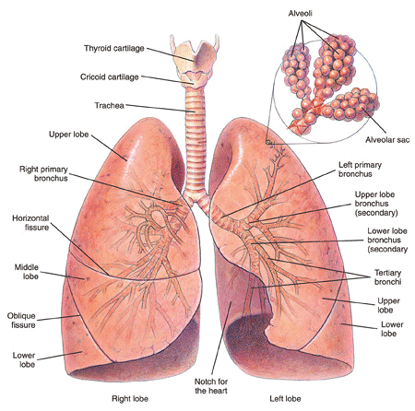
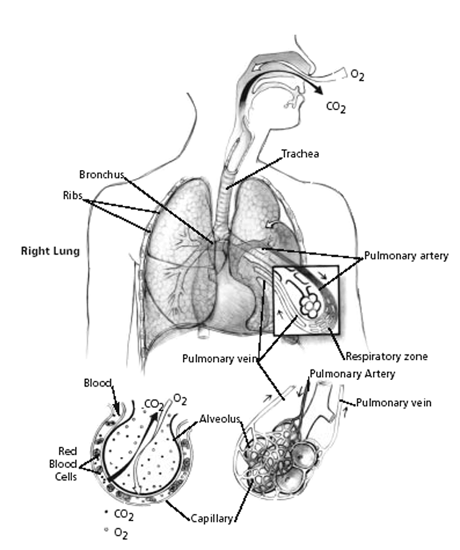
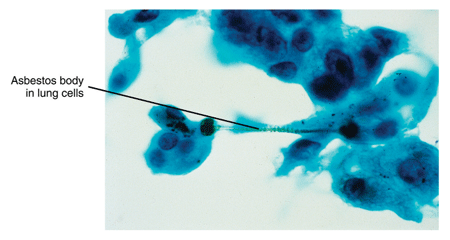
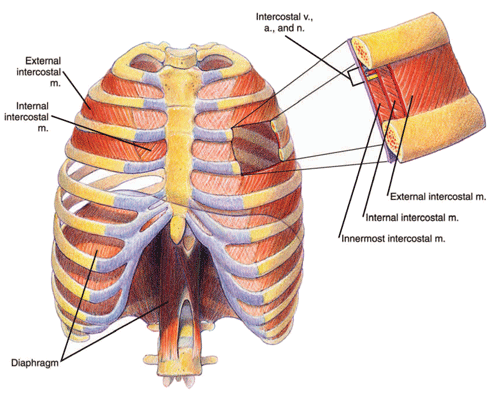
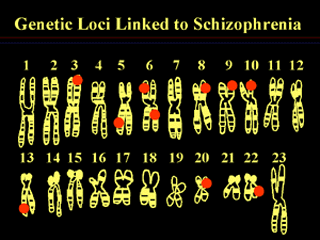
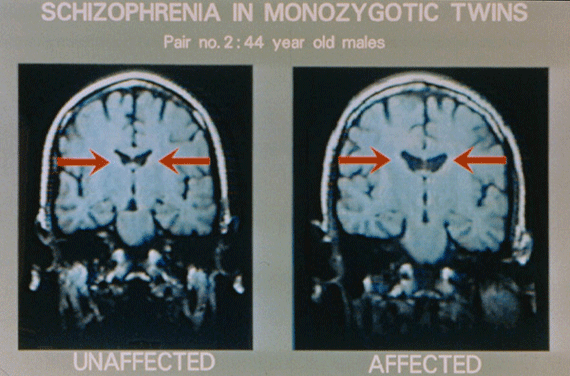
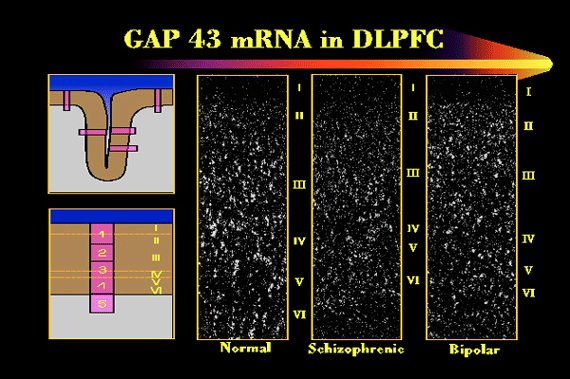
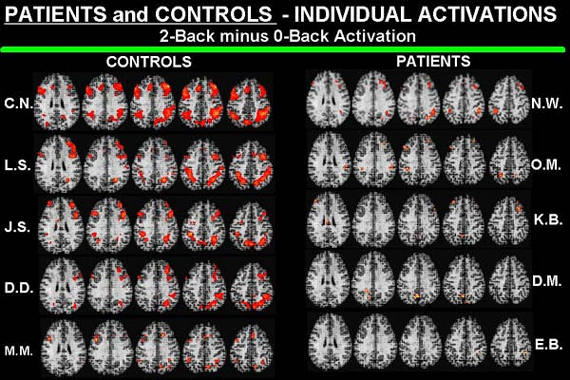

 Cómo Demuestra tus límites con dolores crónico
Cómo Demuestra tus límites con dolores crónico
 Explicación Sobre Dolor Crónico Por Un Abogado de Lawrence Especialista en el Seguro Social Por Incapacidad
Explicación Sobre Dolor Crónico Por Un Abogado de Lawrence Especialista en el Seguro Social Por Incapacidad